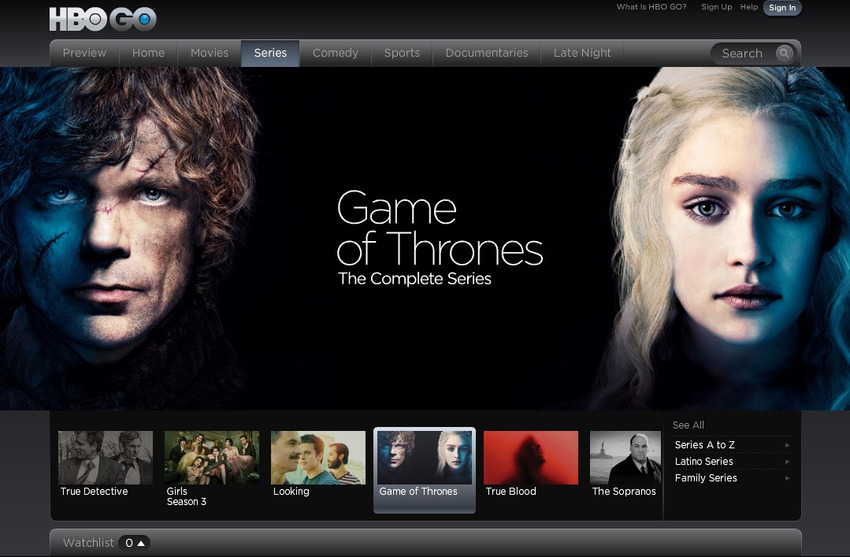It’s not unusual for viewers to want to multiscreen while watching favorite TV series. It is actually very likely and it works both ways. For Digitalsmiths’ Q1 2015 Video Trends Report, 14.8% of those surveyed responded that they post on social media about what they watch on television. Even more (31%) responded that they choose to watch a TV show or movie because it generated a lot of buzz on social networks. Moreover, this is an ever-increasing trend.
A lot of the online activity regarding television series happens within second screen applications. Second screen apps are common for most TV series today. Some of the longest-running TV series have upgraded to second screen, while for the rest, the more recent television shows, second screen apps are a given. These applications specifically designed to cater to TV shows are either multi-purpose or companion apps.
Multi-purpose second screen applications

Photo source: Mashable
These apps are exactly what the name suggests: applications that serve more than one purpose. More specifically these are apps that include information and content for more than one show. There are however more cons than pros when going with multi-purpose apps for TV series. The main advantage is that broadcaster branding and identity is much stronger. However, multi-purpose apps make it more difficult for users to browse and interact with content. And this is because users have to dig up content through a set of features and menus that are typical of multi-purpose second screen apps. Thus, user retention can be very disappointing. These are also much more high-maintenance apps and more costly too. In addition, targeting users for advertising, especially for banner ads, is a much more complex process.
Companion apps

Photo source: Mashable
A companion app serves one single television show and all content and information within this app has to do with that show. Companion apps are much more accessible and easier to use. Because of that, users are more likely to want to download, use and keep companion apps. Thus, customer acquisition and retention is more likely and is higher than with multi-purpose apps.
Companion apps are more likely to perform better because they only have to focus on single-show features. Also, it’s much easier to tackle on user interaction with companion apps, thus being more valuable for analytics. Moreover, ad banner targeting is facilitated: you have a well-defined audience to which you can deliver specific ads. The disadvantage is lower brand identity since the app is related and named after the TV show and not the broadcaster. The other downside to companion apps is that users acquisition cost is higher.
Tips and tricks for a TV series app to rock the boat the right way
You’ve heard it mentioned at the top of the article: viewers post on social media about what they watch on television. So all second screen apps related to TV shows, whether multi-purpose or companion apps, need to come with a right amount of social features.
Creating TV-series second screen apps to resemble the look and feel of the show is important. These apps create another layer of reality for the show, and it’s thus important that users don’t feel disconnected when using the app. This is relevant for aesthetics as well as for content and information within the application.
Consider live synchronizing the apps so that when a user starts watching a show the app instantly pops up relevant content. Interactive features, such as inviting viewers to participate in polls or share thoughts about the episode they’re watching, make TV-series apps worth their while.